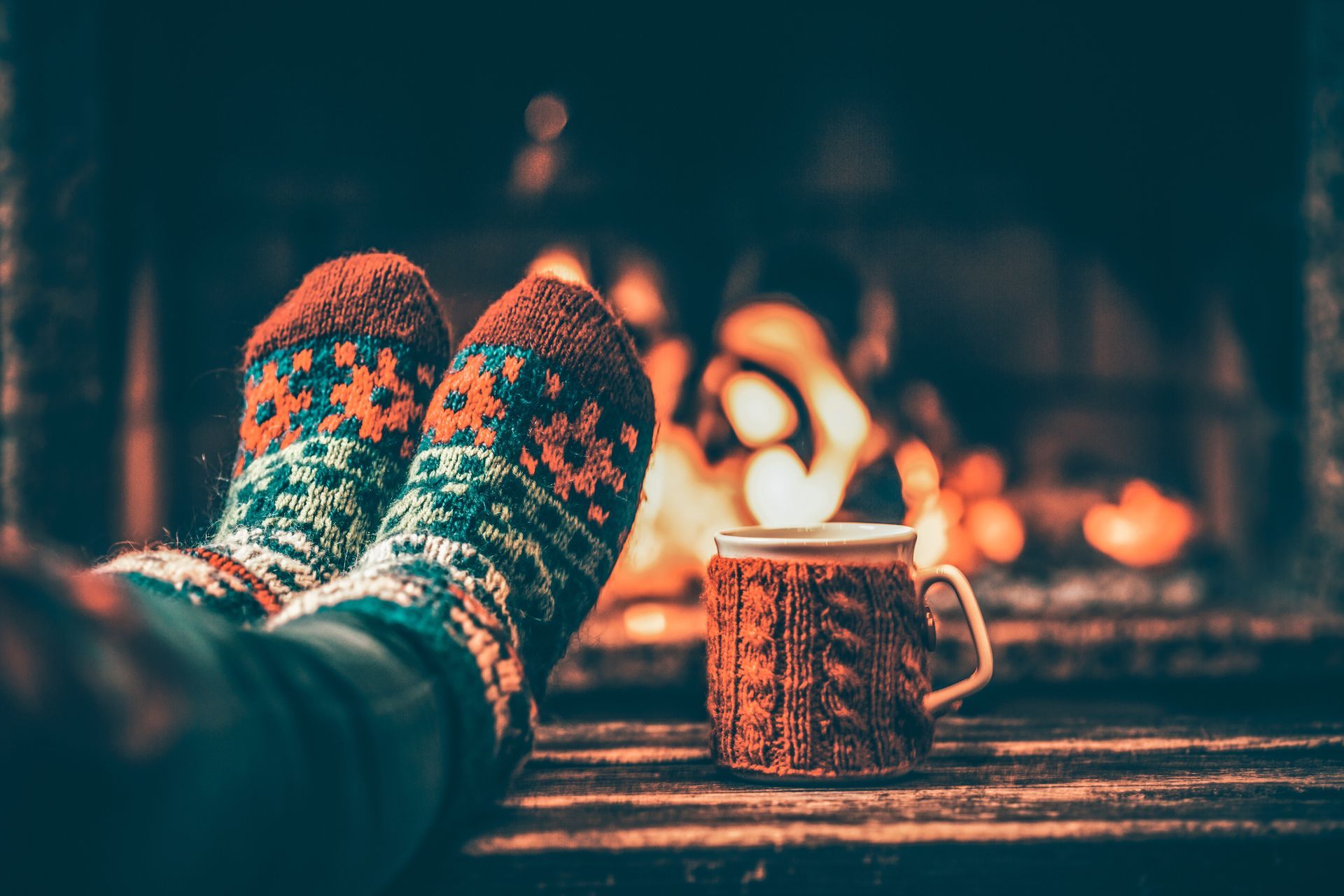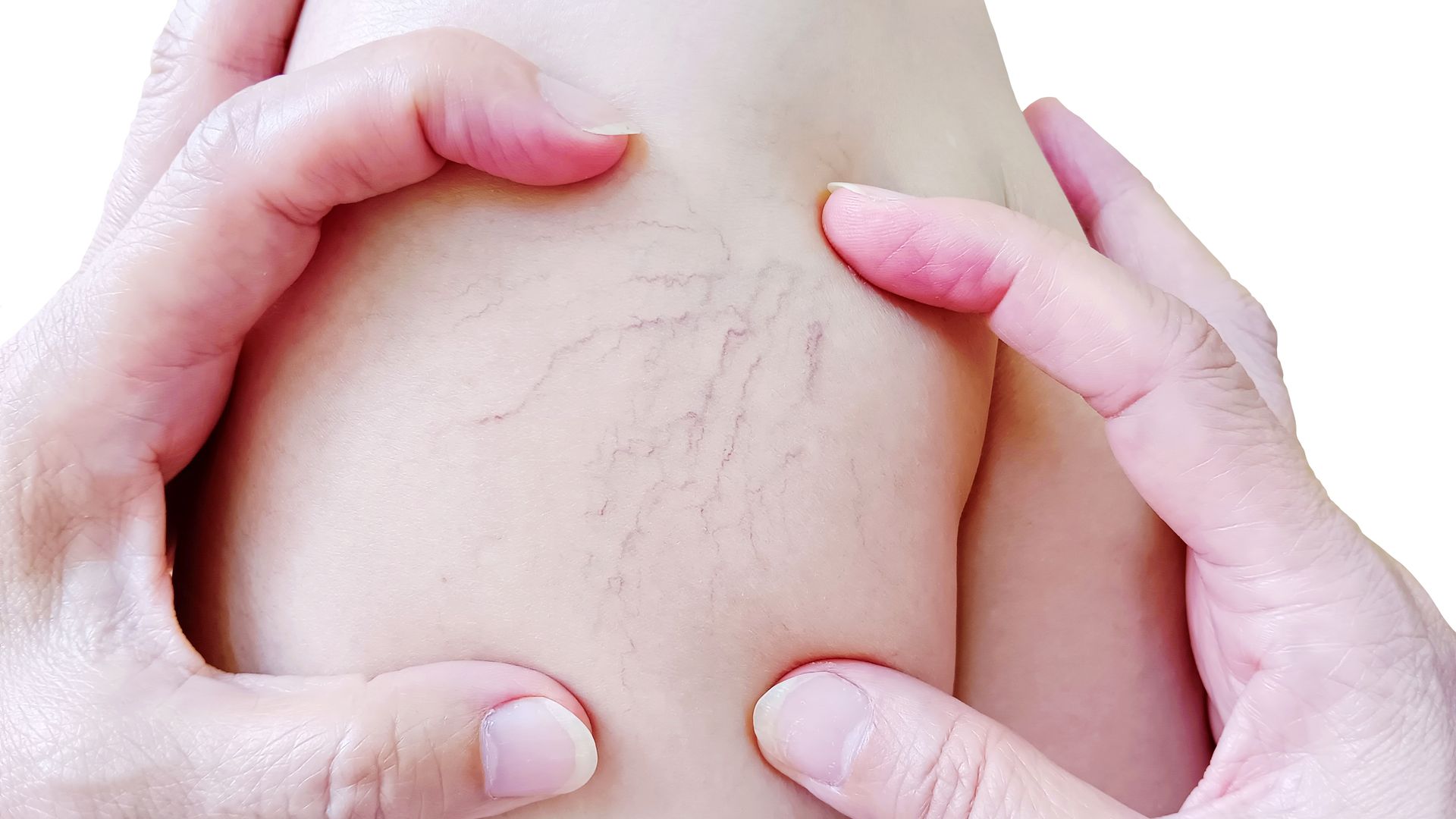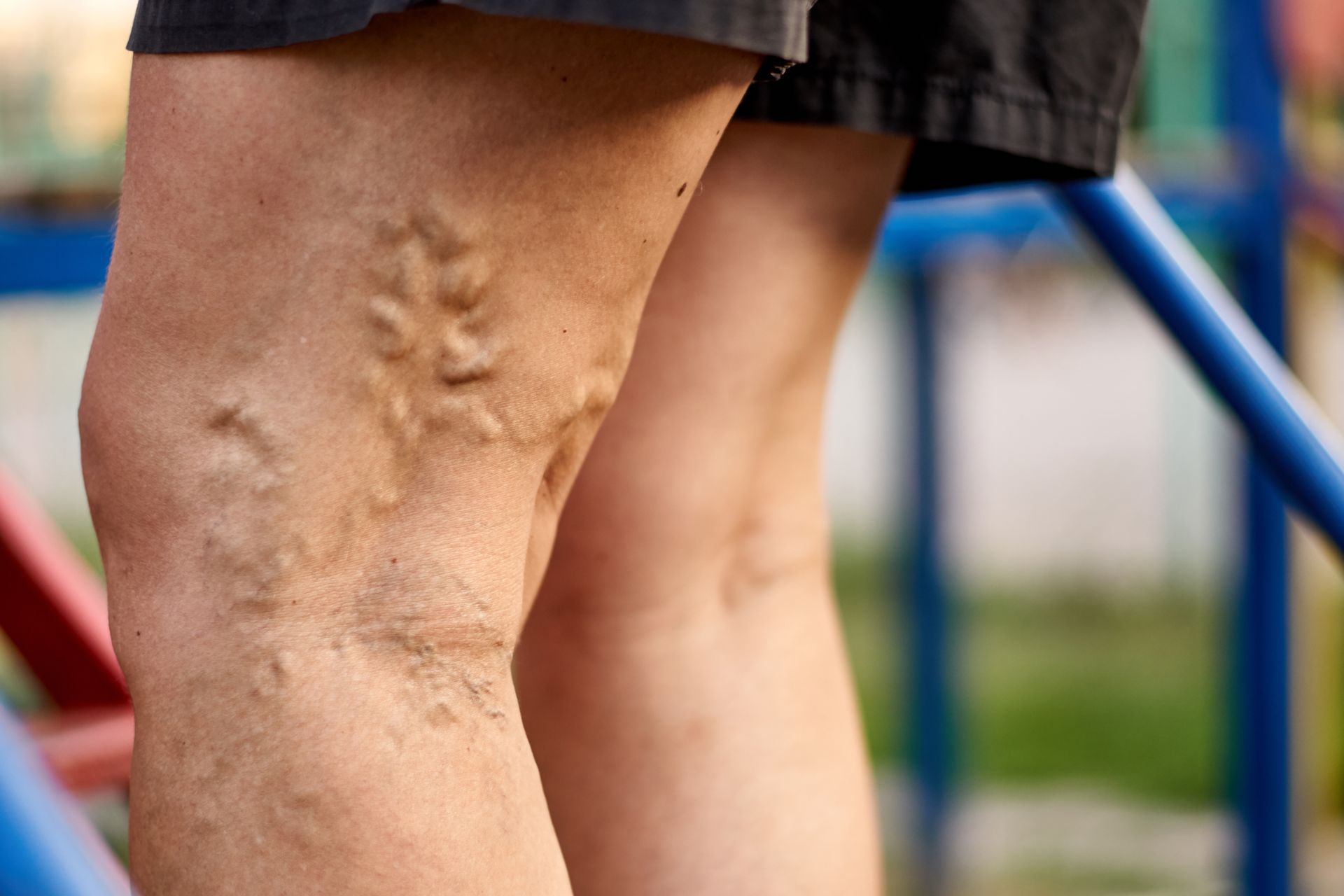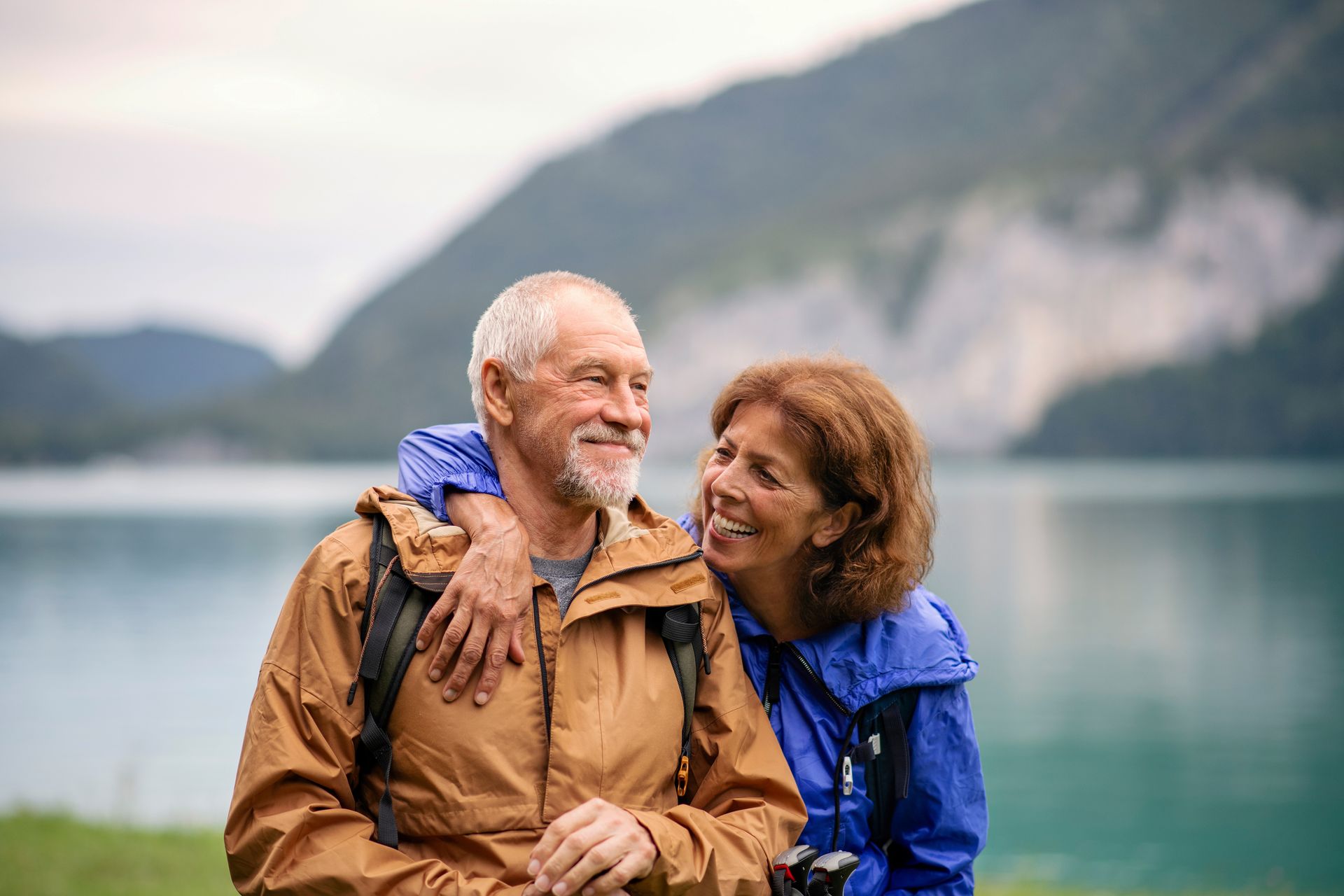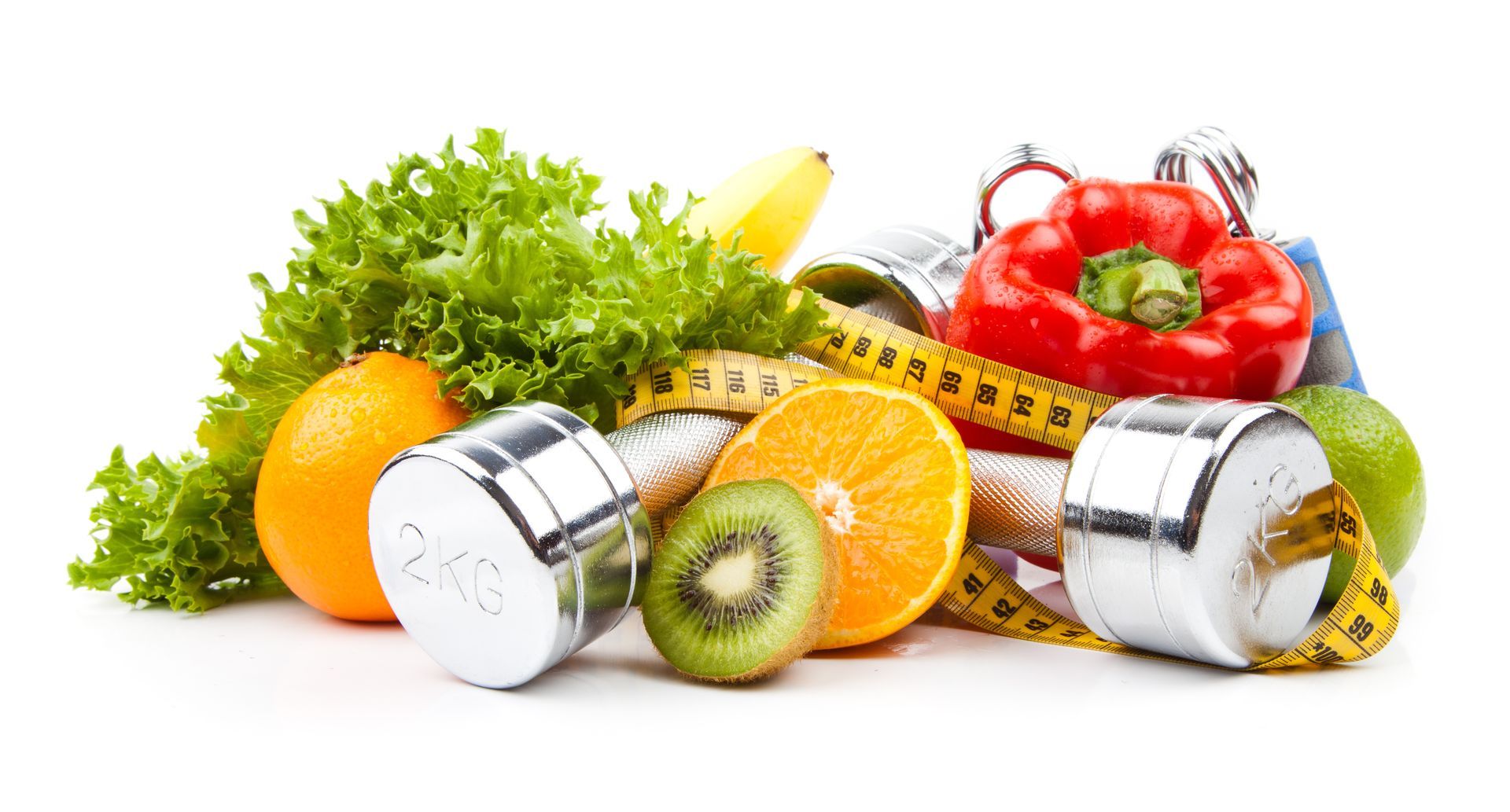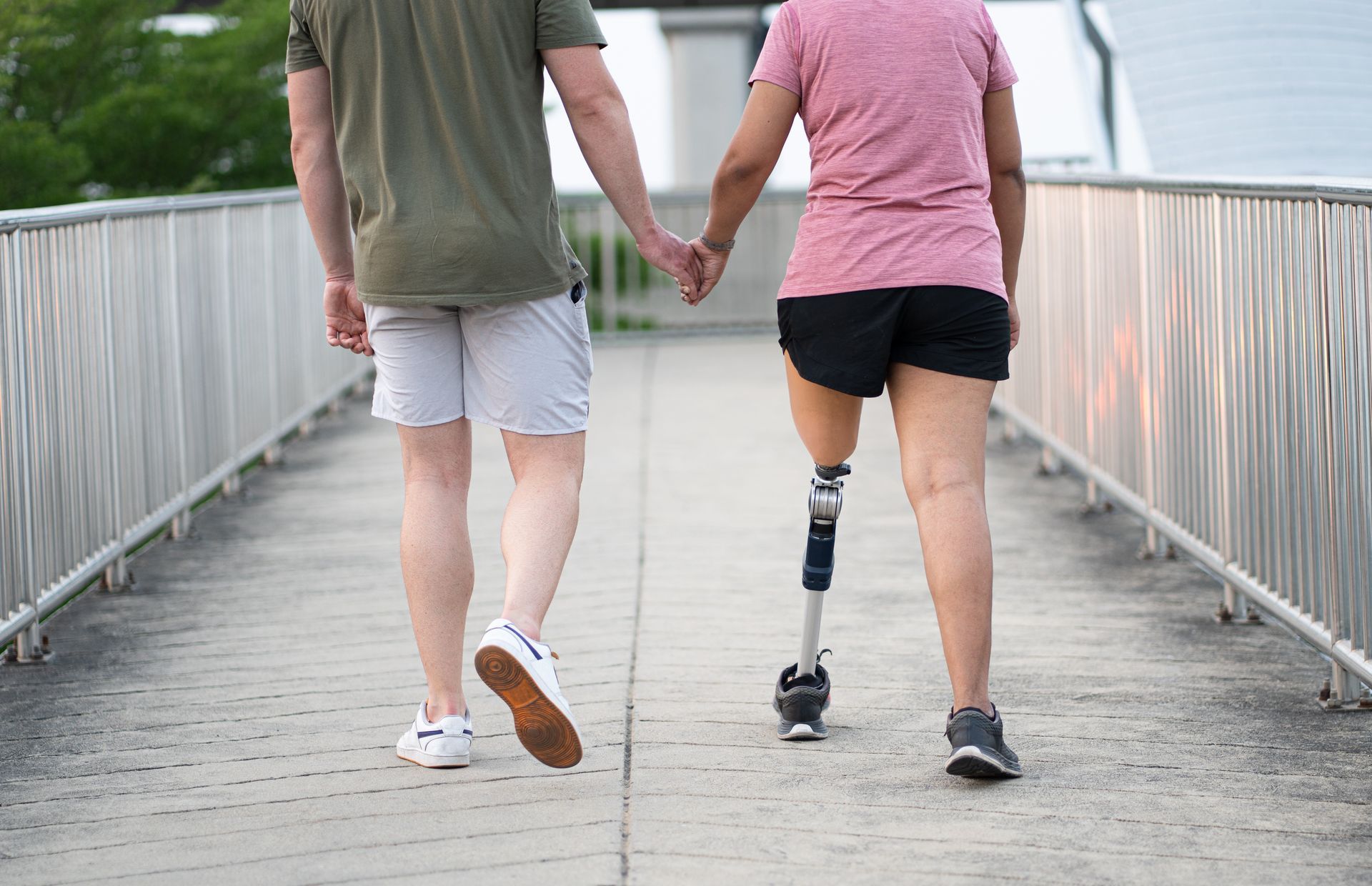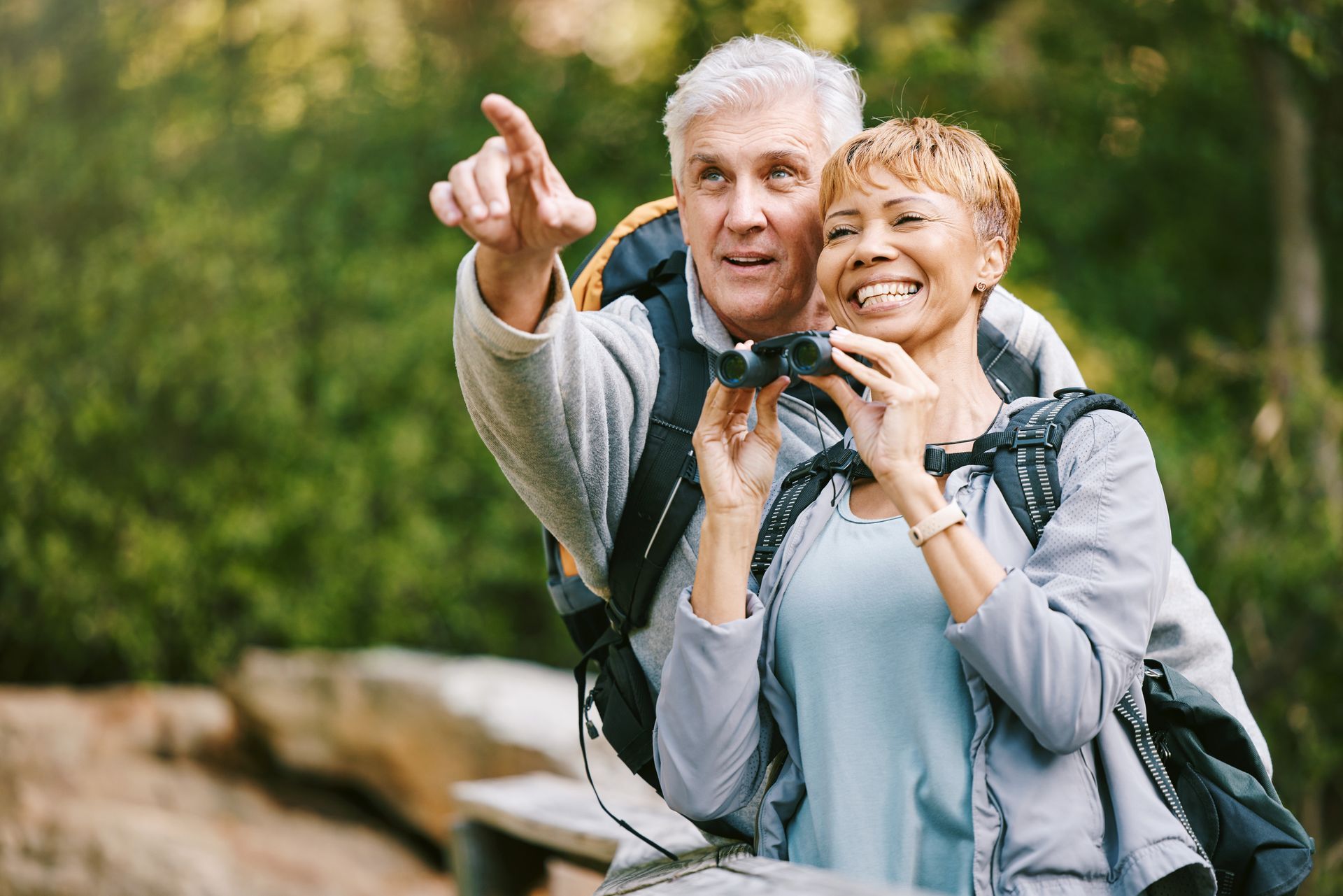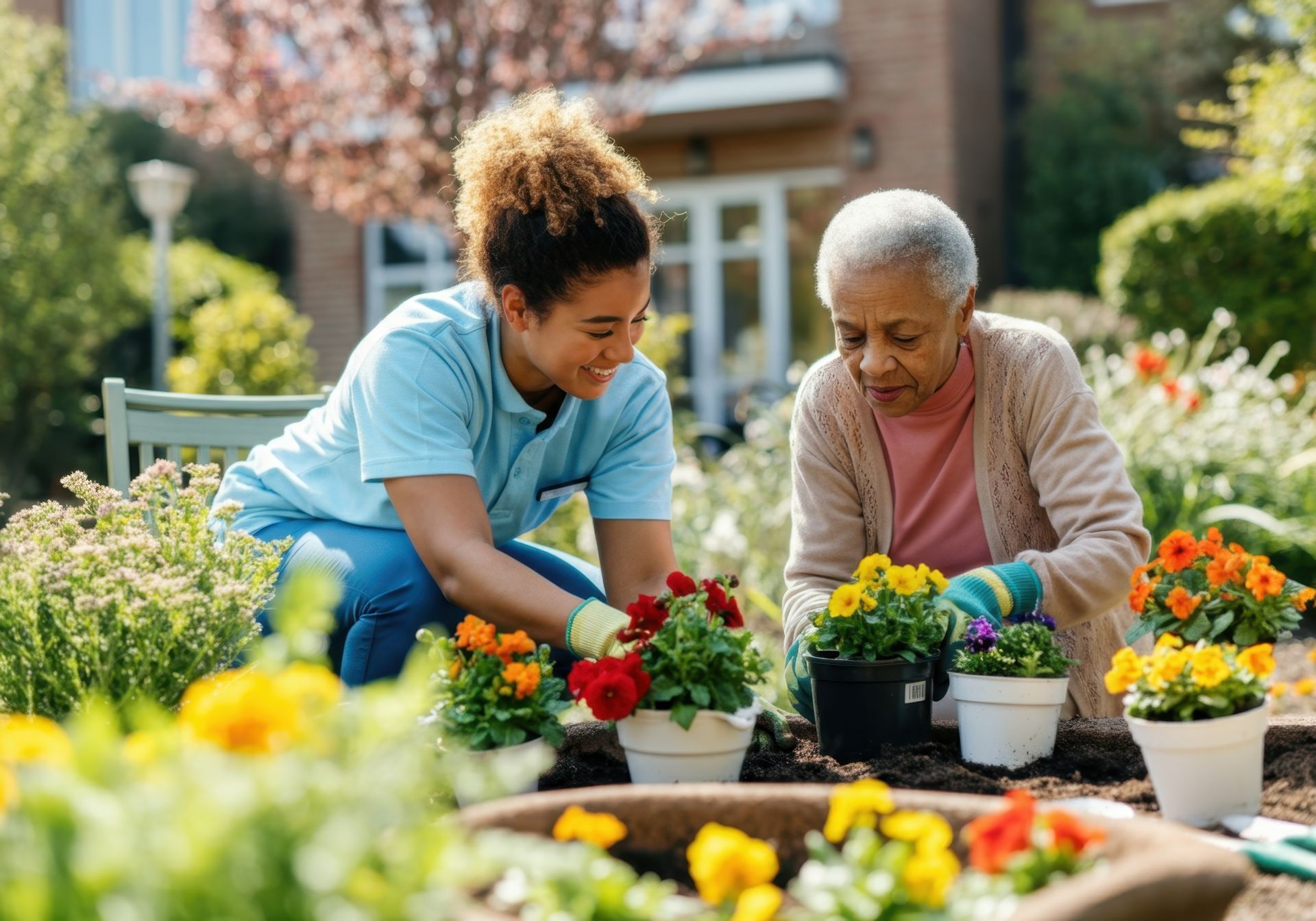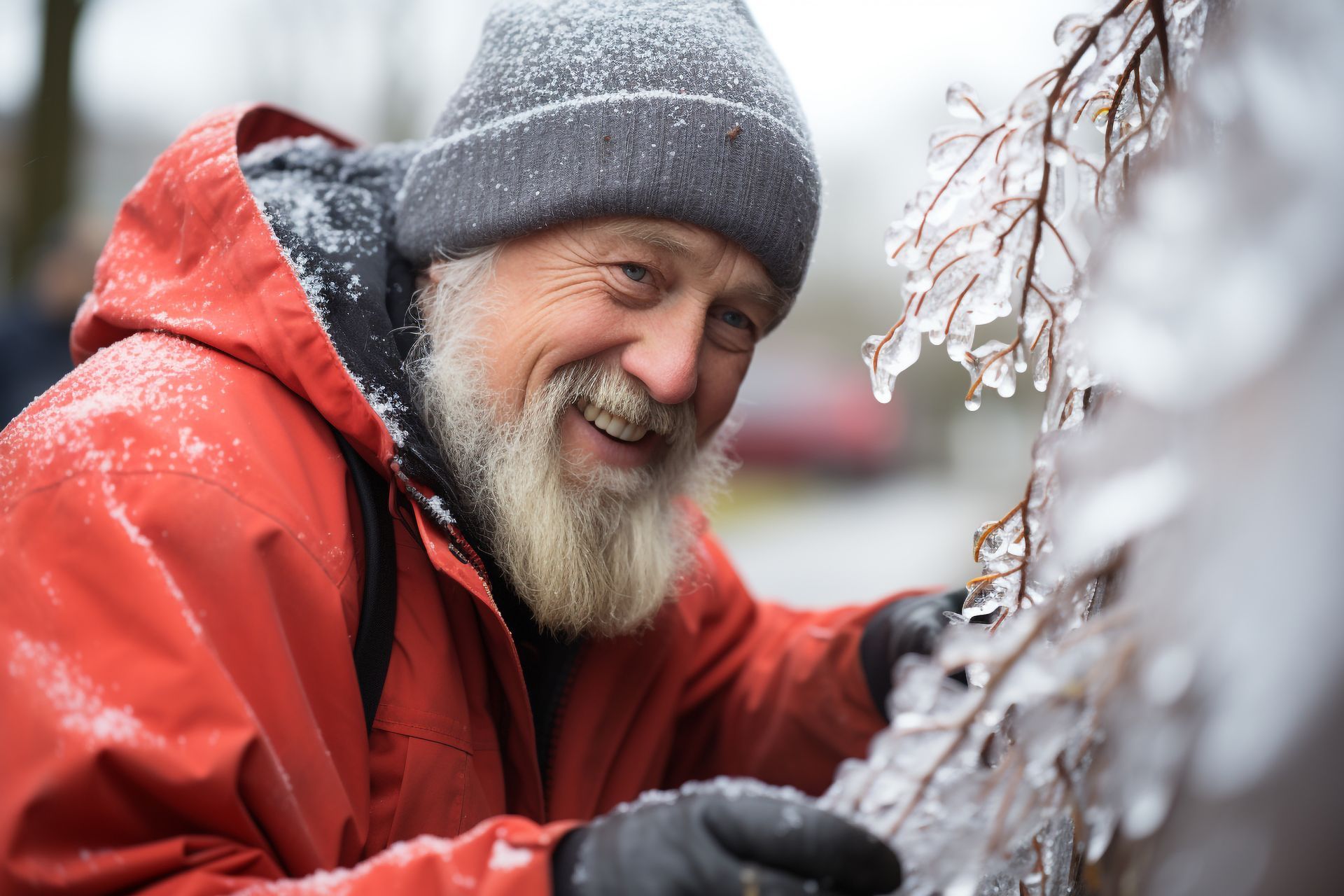Myths & Misconceptions About Vein Treatments You Might Believe This Fall
Key Points
- Fall is actually an ideal time for vein treatments, not just summer
- Compression stockings provide medical benefits beyond cosmetic appearance
- Walking after vein treatment speeds recovery, rest alone doesn't heal veins
- Modern vein treatments are minimally invasive with quick recovery times
- Vein problems worsen without treatment and don't resolve on their own
- Insurance often covers medically necessary vein treatments
As the leaves change color here in Edwards, Colorado, many people start thinking about their health goals for the cooler months ahead. But when it comes to vein treatments, we hear a lot of myths that keep people from getting the care they need. At Ascent Vascular Specialists and Vein Center, Scott Ziporin MD, RPVI has been helping patients separate fact from fiction for years.
Let's bust some of the most common myths about vein treatments that might be holding you back from feeling your best this fall!
Myth #1: "You Can Only Treat Varicose Veins in Summer"
The Truth: Fall is actually one of the BEST times for vein treatment!
Here's why this myth doesn't hold water. Many people think they need to show off their legs immediately after treatment, so they wait for summer. But fall offers several advantages:
- Cooler weather means you'll be more comfortable wearing compression stockings
- Less sun exposure helps prevent complications during healing
- More time indoors means less pressure to have "perfect" legs right away
- Holiday season prep – get treated now so you feel confident in holiday outfits
Dr. Ziporin often recommends fall treatments because patients are more likely to follow post-treatment care instructions when they're not dealing with Colorado's intense summer sun and heat.
Myth #2: "Compression Stockings Are Just Cosmetic"
The Reality: Compression stockings are legitimate medical devices!
This misconception drives Dr. Ziporin crazy because compression therapy is one of the most effective treatments for vein problems. Here's what compression stockings actually do:
- Improve blood flow by applying graduated pressure
- Reduce swelling and leg fatigue
- Prevent blood clots in people at risk
- Support weakened vein walls to prevent further damage
- Speed recovery after vein procedures
Think of compression stockings like a cast for a broken bone – they're not just for looks, they're helping your body heal and function better. At our Edwards clinic, we help patients find the right compression level and style for their specific needs.
Myth #3: "Rest Is Better Than Walking After Vein Treatment"
Wrong! Movement is medicine when it comes to vein recovery.
This old-school thinking actually slows down your healing. After modern vein treatments like sclerotherapy or endovenous laser therapy, Dr. Ziporin encourages patients to:
- Walk regularly to promote healthy blood flow
- Avoid prolonged sitting or standing
- Stay active with hiking, pilates, yoga, and other activities within comfort limits
- Follow a gradual return to normal activities
The beautiful Edwards area gives our patients plenty of opportunities for gentle walks along the Eagle River or around Beaver Creek. Just avoid high-impact activities for a few weeks while you heal.
Myth #4: "Vein Treatments Are Major Surgery with Long Recovery"
Not anymore! Modern vein treatments are minimally invasive.
Gone are the days of vein stripping surgery that required weeks of recovery. Today's treatments at Ascent Vascular Specialists include:
- Sclerotherapy – tiny injections for spider veins that take minutes
- Varithena foam injection – performed through a small needle
- Radiofrequency ablation – uses heat to close problem veins
- VenaSeal closure – medical adhesive seals veins shut
Most patients return to work the next day and resume normal activities within a week. Dr. Ziporin performs these procedures right here in Edwards, so you don't need to travel to Denver for expert care.
Myth #5: "Vein Problems Will Go Away on Their Own"
Sorry, but no. Vein problems are progressive and get worse over time.
Varicose veins and chronic venous insufficiency don't improve without treatment. In fact, they typically worsen because:
- Vein walls continue to weaken with age
- Valve damage is permanent without intervention
- Symptoms increase – more pain, swelling, fatigue and worsening of spider veins/varicosities
- Complications can develop – blood clots, skin changes, ulcers
The good news? Early treatment prevents these complications and often achieves better cosmetic results than waiting until veins are severely damaged.
Myth #6: "Insurance Never Covers Vein Treatments"
Actually, insurance often DOES cover medically necessary treatments!
While purely cosmetic spider vein treatments might not be covered, insurance typically pays for:
- Symptomatic varicose veins causing pain or swelling
- Chronic venous insufficiency documented with ultrasound
- Treatments that prevent complications like blood clots
- Conservative therapy failures (when compression stockings don't help)
Our team at Ascent Vascular works with your insurance to determine coverage. We handle the paperwork so you can focus on feeling better.
Myth #7: "Vein Treatments Are Just for Older People"
Nope! Vein problems can affect anyone, regardless of age.
While vein issues become more common with age, Dr. Ziporin treats patients in their 20s and 30s who have:
- Genetic predisposition to vein problems
- Pregnancy-related varicose veins
- Occupational factors (prolonged standing or sitting)
- Athletic injuries affecting circulation
Early treatment often prevents more serious problems later in life.
FAQs About Vein Treatment Myths
Q: Will my varicose veins come back after treatment?
A: Treated veins are permanently closed, but you can develop new varicose veins over time. Following Dr. Ziporin's recommendations for compression therapy and lifestyle changes helps prevent new problems.
Q: Do I need to avoid exercise forever after vein treatment?
A: Not at all! After initial healing (usually 1 week), regular exercise actually helps prevent future vein problems. Just avoid high-impact activities during early recovery.
Q: Are natural remedies enough to treat varicose veins?
A: While compression stockings and elevation can help with symptoms, they won't eliminate varicose veins. These natural approaches work best combined with professional treatment.
Q: Is it true that only women get varicose veins?
A: Men get varicose veins too! About 45% of men will develop vein problems at some point. They're just less likely to seek treatment due to social stigma.
Q: Do I have to wear compression stockings forever?
A: Not necessarily. Dr. Ziporin typically recommends compression therapy for a few weeks after treatment, then as needed for symptom management or prevention.
FAQs About Ascent Vascular Specialist and Vein Center
Q: What makes Dr. Ziporin qualified to treat vein problems?
A: Dr. Scott Ziporin is a board-certified vascular specialist with extensive training in minimally invasive vein treatments. He brings big-city expertise to our mountain community in Edwards.
Q: Do you accept my insurance?
A: We work with most major insurance plans and will verify your coverage before treatment. Our team handles insurance paperwork to make the process smooth for you.
Q: How do I schedule a consultation at your Edwards office?
A: Call us at (970) 926-1003 to request an appointment. We're located at 1140 Edwards Village Blvd. B204, Edwards, CO 81632.
Q: What should I expect during my first visit?
A: Our initial evaluation includes a comprehensive ultrasound which will serve to provide every patient with a detailed understanding of the arterial or venous disease impacting on their quality of life. Dr. Ziporin will review your symptoms, perform a physical exam, and will then discuss treatment options that fit your lifestyle and goals.
Q: How long does vein treatment take?
A: Most procedures take 25-35 minutes. You can return to work the next day and resume most activities within 24-48 hours.
Don't Let Myths Keep You From Feeling Great
Fall is the perfect time to address those nagging vein problems you've been putting off. Don't let outdated information or misconceptions prevent you from getting the care you deserve.
At Ascent Vascular Specialists and Vein Center, Dr. Ziporin uses the latest minimally invasive techniques to help Edwards area residents feel confident and comfortable in their skin. Modern vein treatments are safer, faster, and more effective than ever before.
Ready to separate vein treatment fact from fiction? Call (970) 926-1003 today to schedule your consultation with Dr. Scott Ziporin at our Edwards office.
Learn more about our comprehensive
vein treatment services and take the first step toward healthier, more comfortable legs this fall.
